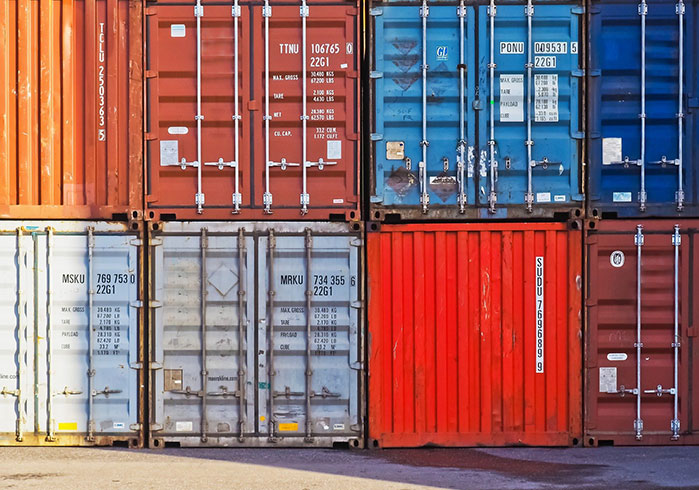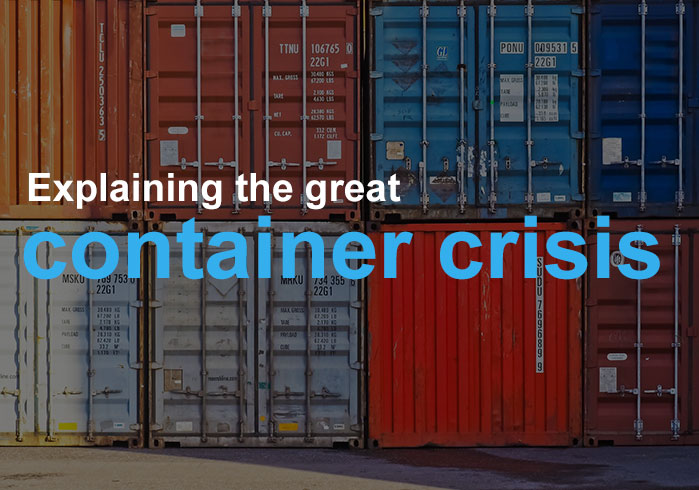
A very delicate and alarming crisis grips the global trade industry this year. The main exporter on the planet, China, does not have enough containers to distribute its products to the rest of the world.
The demand is exceeding, and by far, the logistics capacity of the sector. What is driving the prices of digital purchases, and freight costs for shippers.
What is going on?
We are running out of containers. The popularization of digital commerce has caused both Europe and the United States to demand more consumer goods from China. The drastic rebound and sanitary measures imposed on the supply chain have slowed shipments and caused a rampant shortage of containers. China wants to send us its products. The problem is that they are lacking the containers to do so.
Prices
The crisis manifests itself in increasingly higher and higher freight rates. A Chinese exporter had to pay more than $ 7,500 in December for a container of about 12 square meters bound for the United States. In April, the same shipment would have costed just over $ 2,700. A similar escalation has occurred in trade between China and Europe: the price of the container has gone from $ 1,000 in August to $ 2,000 in December. Its price has doubled in half a year, driving up import costs.
The last time transporting goods was so expensive was ten years ago.
It is important to consider
The main loser here is China. Its economy has recovered in recent months after a year marked by the coronavirus epidemic. Much of its momentum in the second half of the year depended on exports. In November, various parameters of the Chinese economy, such as industrial production or construction, reached their highest records in five to eight years.
The sale and distribution of Chinese goods had propelled an essential economic take-off after a catastrophic first half of the year. The container crisis threatens to slow it down.
Exports
Others also result harmed. Demand for Chinese goods in the United States and Europe is so high that importers are shipping the containers back to China as soon as they are unloaded. Filling inventories is essential in a context of extremely high demand for products.
You pay more
Above all, the container crisis affects consumers and importers directly. Any product from China takes longer to arrive and does so at a higher price. Chinese exporters need to book cargo space twenty days in advance, double than usual; and the usual period of return of a container has gone from 60 days to 100, a historical record.
If there’s a lack of cargo space, why don’t we make more containers?
Because the collapse also reaches the manufacturers. China produces 95% of the containers used by sea, and its main producer, China International Marine Containers, is not accepting new orders until further notice. There is a widespread bottleneck from production plants to ports. The anti-COVID protocol, reducing the number of workers at loading points and warehouses, has also added up to the situation.
At ShipLilly we know that once containers are empty, they need to be refilled as quickly as possible. Every container counts! And to manage this optimally, all our departments do their part, be it the Commercial Management, Network and Operations teams. Together, we take unconventional ways to meet the needs of our clients and their businesses in the shortest time possible in order to mitigate this unprecedented situation.


